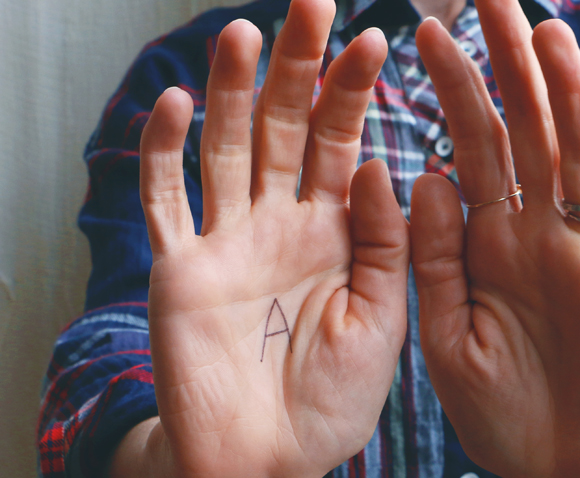A Guide To Lucid Dreaming
I’ve always had trouble remembering my dreams. In the morning, instead of rising with crisp post-sleep visuals, I’ll wake with almost no recollection of where my mind may have wandered to during the night. At the most, a fleeting emotion will flutter throughout my thoughts in the early morning hours, or the ghost of an idea or event that doesn’t seem quite real enough to have actually happened will stick with me throughout my day. Never the detailed, highly complex chimera described to me by a wistful friend or family member.
With my own dreams so often eluding memory, I was awestruck when someone close to me casually mentioned the ability to not just remember their dreams in vivid detail, but actually being able to control them consciously. And so my obsession with lucid dreaming began.
If you’ve never heard the term before, a lucid dream is a dream in which you are aware that you are dreaming. It sounds simple enough, but in scientific terms, a lucid dream must meet seven different points of criteria:
1) Awareness of the fact that you are dreaming
2) Awareness of the ability to make intentional decisions
3) Awareness of memory
4) Awareness of your own identity
5) Awareness of the environment in which you are dreaming
6) Awareness of the dream’s meaning
7) Awareness of the ability to concentrate and focus
Have you ever been in the middle of a dream before and suddenly realized you were dreaming? In the most basic terms, that’s a lucid dream. What’s more, once you know you’re dreaming and remain asleep, you’ll have far more control over what happens within the dream. So, how do you take the initial steps to not only remembering your dreams, but actually being able to control them? For some, like my friend, it’s second nature to want to explore and look around during a dream, but for others, like myself, who might have trouble even remembering where their mind went the night before, there are simple ways to train yourself towards lucid dreaming:
1) Get to know your sleeping patterns and adjust your schedule as needed. Obviously, getting enough sleep is key to dreaming (it’s been shown that lucid dreaming is connected to your REM cycle), you won’t have lucid dreams if you’re tossing and turning throughout the night. Ask yourself: When do you sleep the most soundly? When do you tend to have the most vivid dreams? I rarely take naps, but when I do, that’s when my dreams are the most vivid, so maybe it’s time to brush up on my nap game. If you sleep more soundly at night, make an effort to get a good night’s rest on the regular.
2) Keep a dream journal on your nightstand and write down everything you remember as soon as you remember it. This will help you to recognize patterns, recurring themes, and people and places that most often show up within your dreams.
3) Try the MILD technique (mnemonic induction of lucid dreaming). Set your alarm clock to go off about five hours after you’ve fallen asleep. When you wake, attempt to remember as much of your dream as possible in as much detail, then go back to sleep with the intention of starting up the same dream, only this time with lucidity. Meditate on the goal of being lucid as you fall back asleep, pushing other thoughts away.
4) Track your dream journal — notice if there are any reappearing signs, imagery, or people. Then, the next time you’re dreaming, try to notice if the sign reappears.
5) If you’re having trouble remembering your dreams, as I do, when you wake try to think backwards from what you remember. And don’t forget to write it all down.
6) While you’re awake, continually ask yourself if you’re dreaming. It’s been shown that repetition and our actions can affect our dreams – you may notice yourself asking the same question while you’re asleep.
7) Remember to do a reality check. To me, this is the craziest part of lucid dreaming: Once you become a pro at lucidity, you may have to do a reality check every now and then to make sure you’re not dreaming. Insane, right? To do this, you can keep something in your pocket, make a mark on your hand (an A for AWAKE), or even just look at your hands – if something seems off, like your hands are glowing, it’s a dream.
From those I’ve talked to that have experienced it, lucid dreaming is second nature, it’s just something that they do no different than any other dream. But for those if us who have trouble even recalling where their sub-conscious wandered during the night, these steps can help you to remember your dreams and take steps towards lucidity.
Have you experienced lucid dreaming? Any other dream phenomena? Please share in the comments!


